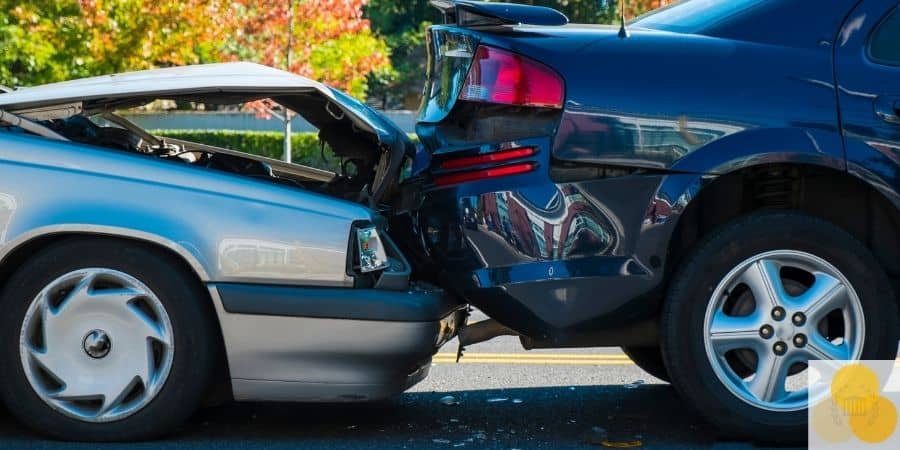What To Do After a Rear-End Car Crash
According to the NHTSA, over six million people are victims of car accidents each year. This shows how common car accidents are on the road. But just because they are a common occurrence, it doesn’t mean that they aren’t dangerous. rear-enders aren’t as devastating as side-impact crashes or head-on collisions, but This type of car crash can still do some serious damage. Here are some examples of common injuries that can occur during a rear-end crash.
- Whiplash
- Compression Fractures
- Back Strains
- Back Sprains
- Slipped or Herniated Discs
- Spinal Fracture
- Spinal Stenosis
Who's At Fault In a Read-End Car Crash?
In almost every rear-end car crash scenario, the car in back is the one at fault. However, unbeknownst to many people, there are those rare scenarios in which rear-end accidents do not always mean that whoever hits you from behind is automatically the person at fault.
Take a step back and think about it for a minute – when was the last time you got your car checked? Were your taillights working as well as they should have been? Little things like these make a big difference when you are driving at night. If you have a faulty signal or a blown light, then the person behind you won’t be legally liable for what happens.
Another situation is if you unexpectedly back up into someone else in a parking lot or if, for some reason, you stopped in the middle of moving traffic, then the judge will most likely take the side of the other driver. These are just some examples of various incidents where, despite the visible bump on your car’s rear-end, it will be a hard fight to win.
In almost every rear-end car crash scenario, the car in back is the one at fault.
Suing The Other Driver
The injured driver or passenger can choose to sue the other party involved, especially in cases of severe injuries, and each person must agree whether the reimbursement needs to be through verbal or monetary gain.

Laws Vary Between States
Another thing to keep in mind is if you live in a fault or no-fault state. There are 12 no-fault states in the U.S., where all drivers are required to carry insurance whenever they are on the road. That way, if something happens, they can easily recover any damages from their own policies rather than relying on other drivers to recover the damages that occurred. On the other hand, in a fault state, it is possible to sue anyone, and the injured driver can sue the second driver or his insurance company if they wish to.
Finding The Right Lawyer For a Read-End Car Accident
No matter the kind of vehicular accident, the paperwork necessary is often a headache to deal with it all by yourself. Taking care of that mess can be tedious for anyone. A certified lawyer who specializes in these types of crashes can help you navigate these murky waters and ensure that you make the right decisions throughout the process. Lawyers can advocate for you effectively and help avoid any issues that may crop up and affect you later on in life.







